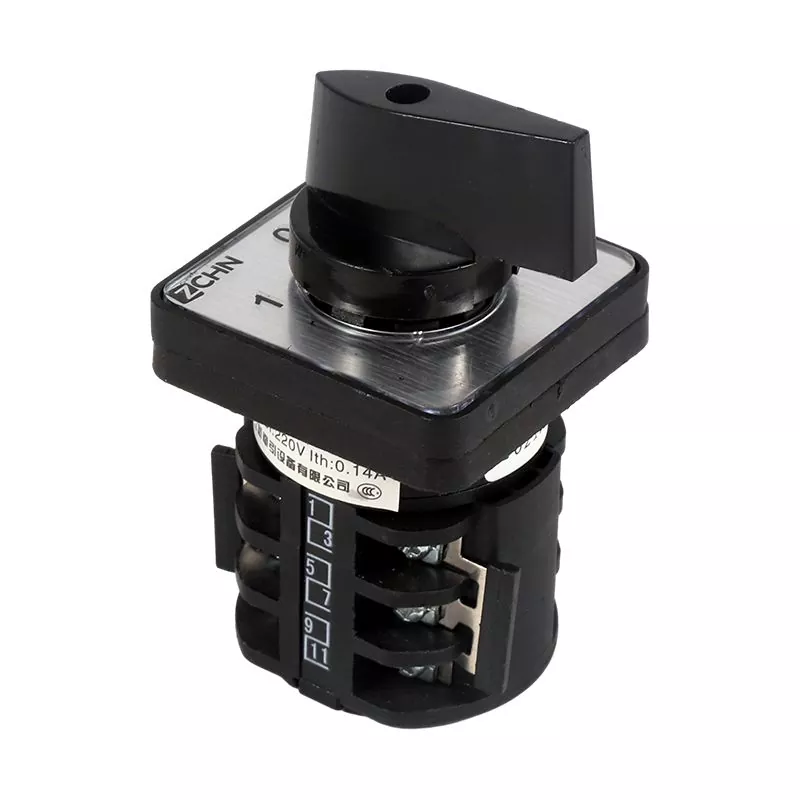What is a Changeover Switch?
2024-03-28
A changeover switch serves the purpose of seamlessly transferring a home or business's electricity supply from the commercial power grid to a local generator in the event of an outage. Also referred to as "transfer switches," they establish connections directly with the generator, the commercial power supply, or line, and the building. When a power outage occurs, homeowners or business owners can switch to the generator via a changeover switch.
Changeover switches come in various types, but they typically fall into one of two categories: automatic or manual. Automatic changeover switches automatically transfer the home's power during an outage, eliminating the need for manual intervention. In contrast, manual changeover switches require the homeowner to manually switch the power source from the commercial grid to the generator.
The popularity of changeover switches is on the rise, a trend expected to persist in the foreseeable future. Reports indicate a significant increase in power grid outages over the years, with approximately 2.5 outages per month in 2000 rising to an average of 14.5 per month by 2013. Many of these outages are attributed to weather events like hurricanes and winter storms, while others result from hardware failures.
Power loss at home can be both inconvenient and hazardous, particularly during winter when heating becomes essential. To mitigate such risks, many homeowners invest in generators along with changeover switches, ensuring continuous operation of essential electrical devices even during power outages.
For businesses, power outages can lead to substantial financial losses. However, the implementation of generators and changeover switches offers a solution. With a generator in place, businesses can continue operations seamlessly even if the commercial power grid fails, preventing significant disruptions and financial setbacks.



